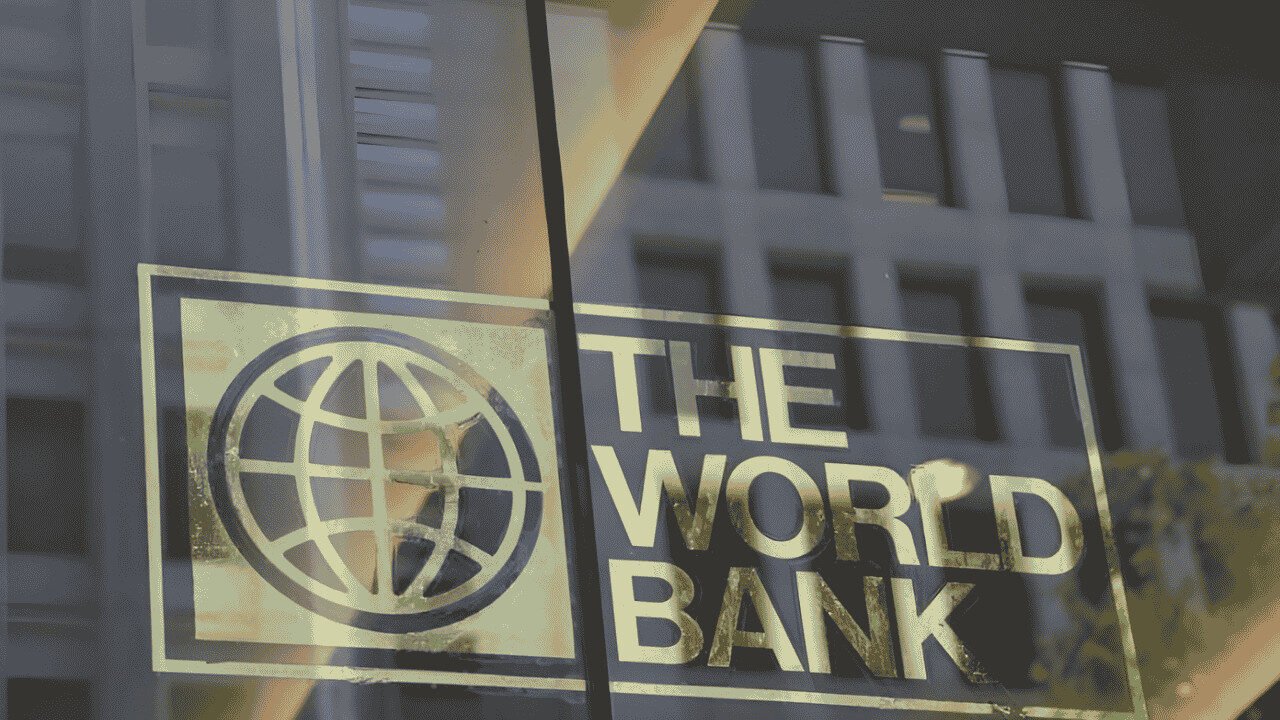By Hasnain Ali
Pakistan’s Meteorological Department (PMD) is taking a big step to improve the country’s ability to handle climate challenges.
The new project, called the Integrated Flood Resilience Adaptation Project (IFRAP), is backed by the World Bank.
The goal of the initiative, known as “Modernization of Hydromet Services of Pakistan (MHSP),” is to upgrade the country’s weather monitoring system.
This includes installing 110 Automatic Weather Stations (AWS), four Fixed Weather Surveillance Radars, and a new High-Performance Computing System.
These upgrades aim to improve weather forecasting, especially for floods, and provide better climate risk management.
Key Upgrades and Infrastructure Developments
Documents shared with this reporter show that the project also involves some important upgrades.
These include improving meteorological observatories, setting up Regional Climate Data Processing Centres (CDPCs), and upgrading the Institute of Meteorology and Geophysics (IMG) and the Meteorological Workshop in Karachi.
Additionally, the project plans to create a National Framework for Climate Services (NFCS) and a National Hydromet Policy.
World Bank’s Role in Funding and Supporting the Initiative
Led by the Ministry of Planning, Development, and Special Initiatives (MoPDSI), the initiative will help PMD gather and share reliable weather data, which will be essential for flood warnings, agriculture, water management, and disaster preparedness.
Financially, the project has been allocated PKR 2,998.6 million for the fiscal year 2025–26. In this quarter, the project requires PKR 206 million. So far, PKR 32.78 million has been spent, bringing the total to PKR 312.78 million since the project started.
Challenges Faced and Solutions Proposed by PMD
As of September 2025, progress has been solid. The process to buy the Automatic Weather Stations is almost complete, and contracts are expected to be signed soon.
The financial proposals for the System Integrator Consultancy have been reviewed, and technical evaluations for the Radar Consultancy are underway.
The procurement of the Weather Surveillance Radars is moving forward, with approval pending from the World Bank for the final technical specifications.
Meanwhile, civil works are also progressing. A consultancy firm was hired in March 2025, and bids to upgrade the IMG and Meteorological Workshop are being evaluated.
However, the project faces some challenges. Budget limits have forced a reduction in the number of weather stations and radars.
Originally, the plan was for 300 AWS and eight radars, but that has been cut to 110 AWS and only four fixed radars. Additionally, high import duties on meteorological equipment are a big hurdle.
The Future Impact of the MHSP on Pakistan’s Climate Resilience
To deal with these issues, PMD has asked for tax exemptions and additional funding of USD 42 million.
This amount includes USD 18.21 million for taxes, USD 13.79 million for higher costs, and a USD 10 million gap in financing.
Once fully completed, the MHSP will be a major achievement for Pakistan’s disaster preparedness.
It will help improve weather forecasts, which are crucial for agriculture, water management, and reducing the risks from floods and other climate disasters.
Author Profile






